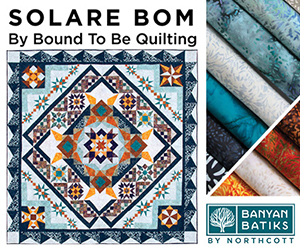
Culture. It may seem like a trendy word, but it is everything in the workplace. Read on to learn how you can improve yours.
What is culture?
Have you ever found yourself in a job you like, but the culture was holding you back? When you’re removed from the situation it can be hard to remember how horrible it was.
Before we jump into that however, what is it? Obviously, culture is about people, and company culture is how your work environment makes them feel. It goes without saying, but your business’s culture should make your employees feel welcome, secure, and optimized to succeed.
What benefits your employee benefits your company also. Recognizing and valuing your employee’s skill set, giving them opportunities to learn and grow, and leaving an open door for dialogue are all great ways to accomplish a positive work culture.
Pros and cons
The negatives of a poor culture are obvious. High turnover, struggling employee mental health (that ultimately impacts customer interactions), and feelings of defeat.
Being open to criticism on how you can improve is critical for improving your current work culture. It’s amazing that even in 2021 there are still books being written about things such as gender and strategizing around the workplace as it currently is. I’m just taking a stab in the dark here, but I think it may have something to do with the close-mindedness of managers in all industries.
Finally, keep in mind that the stress you feel about the direction your business is heading rubs off on your employees. It’s not easy to run a business, but it sure is rewarding. Make sure your employees can feel that too.
If you’re looking for more information to guide you in owning a retail business, subscribe to American Quilt Retailer today. Already a subscriber? No worries—join our Facebook group for insights and dialogue from industry specialists like you. And don’t forget, you can always purchase single issues if you prefer that instead.





